By Al Hemingway
On April15, 2004 in the Sunni triangle of Al Anbar Province in Iraq, a known haven for terrorists, elements of the 2nd Battalion, 2nd Marines (code-named Warlord) were conducting search and clear operations. Two suspected insurgents were apprehended attempting to flee the scene. A check of their vehicle uncovered material that could have been used in manufacturing IEDs (Improvised Explosive Devices) that had been killing and maiming troops on the roads in that area.
 With the discovery of the suspicious material, the pair was instructed to do a search of their automobile while 2nd Lt. Ilario Pantano stood a few feet behind them, carefully observing their every move. Within a few seconds both were dead after they turned to overpower him and ignored his commands to halt. A few months later he was charged with premeditated murder—and if convicted, he could have faced the death penalty.
With the discovery of the suspicious material, the pair was instructed to do a search of their automobile while 2nd Lt. Ilario Pantano stood a few feet behind them, carefully observing their every move. Within a few seconds both were dead after they turned to overpower him and ignored his commands to halt. A few months later he was charged with premeditated murder—and if convicted, he could have faced the death penalty.
In his new book, entitled Warlord: No Better Friend, No Worse Enemy (Simon & Schuster, New York, 2006, 416 pp., illustrations, index, $26.00, hardcover), which he co-authored with Malcolm McConnell, Pantano graphically describes what happened on that fateful day and how it altered his life forever.
Duty, Honor, and Country were not mere words to Pantano. They embodied the spirit of America and of the U.S. Marine Corps which he proudly served on two occasions. During the first Gulf War, then an enlisted man, Pantano fought in Kuwait and eventually was trained as a scout sniper.
When he was honorably discharged, he graduated from college and went to work for various ad agencies and media groups and had a successful stint as a stockbroker on Wall Street.
Then came September 11, 2001. Pantano gave up his lucrative business and opted to become an officer in the Marine Corps because he felt so strongly about defending America against the new threat toward our way of life.
The book will take you through the author’s tenure at Basic School, joining his unit, and eventually into the harsh, unforgiving close-quarters combat of Iraq. He miraculously escaped death when the truck he was riding in passed over an IED that did not fully detonate.
Although Pantano was exonerated of all charges, the nerve-racking experience, and the smear tactics utilized by the prosecution, soured him toward the Marine Corps. He felt he had become a scapegoat. The months of emotional tension put a severe strain on his family (they even received death threats from Pakistan) and left Pantano with no choice but to tender his resignation.
Warlord is a gripping, gutsy account of war. It gives the reader a close look at the ferocity of combat and the dangers our troops are facing every day in Iraq. Men like Pantano are following the rules of engagement, as prescribed by the U.S. military, while the terrorists are using mosques as supply areas, prayer as a means of communicating with each other, and setting up ambushes and IEDs in civilian communities, placing innocent people in harm’s way.
Disgusted with the tactics being used, he writes, “If we don’t get this right, I thought, heading for my rack one baking July morning, my son will be fighting in Fallujah in twenty years.”
I highly recommend Warlord to all Americans who care about our fighting men and women serving in today’s volatile war in Iraq and Afghanistan. It will make you laugh and, at times, cry. Most of all, however, it will make you angry. America must win the war on terror—or all the brave men and women who have died or been wounded while serving will have done so in vain.
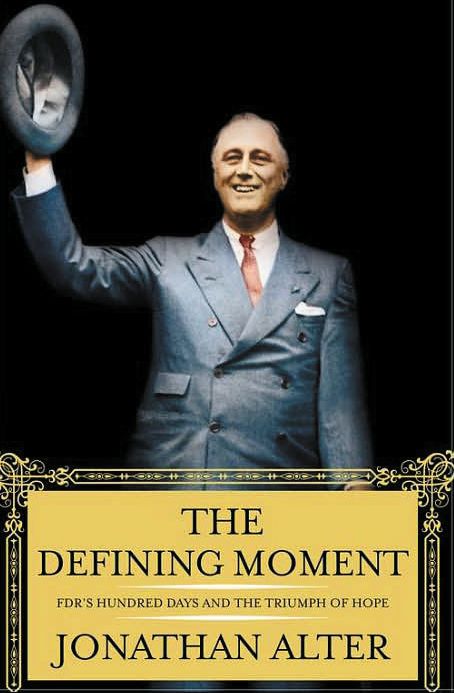 The Defining Moment: FDR’s Hundred Days and the Triumph of Hope, by Jonathan Alter, Simon & Schuster, New York, 2006, 414 pp., illustrations, notes, index, $29.95, hardcover.
The Defining Moment: FDR’s Hundred Days and the Triumph of Hope, by Jonathan Alter, Simon & Schuster, New York, 2006, 414 pp., illustrations, notes, index, $29.95, hardcover.
Throughout the history of the United States of America individuals have emerged during times of crisis to lead the nation from the depths of despair. George Washington was at the forefront during the Revolution and Abraham Lincoln during the Civil War.
Franklin Delano Roosevelt performed the same miracle, if you will, in 1932. He successfully won the Democratic Party’s nomination for president and went on to demonstrate courage and hope and lead the nation from the grasp of economic turmoil.
Historian Jonathan Alter does a masterful job of bringing FDR to life, focusing on his childhood and his first hundred days in office. FDR’s early life was certainly shaped by his doting mother Sara, the person he always turned to for inspiration and advice. Also, his relationship with his wife Eleanor and how they formed a political partnership in lieu of the traditional marriage are examined in some detail.
Always the consummate politician, FDR had an uncanny ability to bring people he could trust into his inner circle—the group that would be called “The Brain Trust”—men like Louis Howe, who skillfully maneuvered FDR into position for the presidency.
FDR went through his own tragedy when he contracted polio. Although stricken with a debilitating affliction, he never lost hope that one day he would walk again. He established a clinic in Warm Springs, Georgia, and developed treatments that, although they never cured anyone, brought new hope to those who sought relief from the awful disease. It was this relentless drive and exuberance that FDR instilled in the American people during the dark days of 1932 and carried the nation from its worst economic crisis in its history to prosperity. From his first inaugural address to his celebrated fireside chats, he charmed the nation and slowly transformed America into a super power. It would be the same energy and hope that would rally the American people and lead the country to victory during World War II. FDR demonstrated through his own personal suffering that anyone, even a country, can overcome any ordeal and triumph in the end.
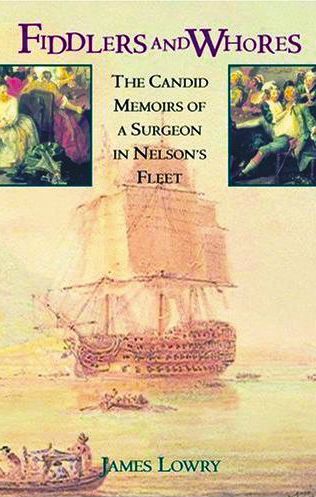 Recent and Recommended
Recent and Recommended
Fiddlers and Whores: The Candid Memoirs of a Surgeon in Nelson’s Fleet, by James Lowry, edited and introduced by John Millyard, Chatham Publishing, London, UK, 2006, 192 pp., illustrations, notes, index, hardcover.
James Lowry was a surgeon who sailed for seven years on various British Navy ships. His vivid and enlightening account of what it was like aboard the different vessels and in the strange ports of call he traveled to are most entertaining.
The young doctor was taken prisoner in June 1801 when his ship was defeated in battle by the French. They transported him to Toulon where he was treated with much respect. He assisted a French doctor who was treating sick sailors and was even offered money for his services. This display of friendship was wrought with irony and prompted him to write in his dairy, “Although we fight desperately against each other, after surrender we act more like brothers.”
His sojourns took him to Egypt, Italy, France and Sicily. The doctor’s brother preserved the diary and passed it down so future generations would know of their ancestor’s life at sea. As editor John Millyard writes, “[He] can finally share with a broader audience his fascinating thoughts, observations and adventures in a world now long gone.”
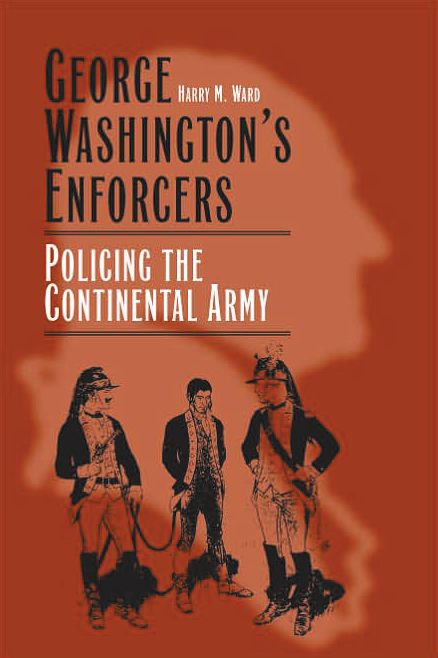 George Washington’s Enforcers: Policing the Continental Army, by Harry M. Ward, Southern Illinois University Press, Carbondale, IL, 2006, 268 pp., illustrations, notes, index, $45.00, hardcover.
George Washington’s Enforcers: Policing the Continental Army, by Harry M. Ward, Southern Illinois University Press, Carbondale, IL, 2006, 268 pp., illustrations, notes, index, $45.00, hardcover.
“An army without discipline is nothing more than an unruly mob,” someone once said. No truer words were ever spoken. In the Continental Army, however, discipline was strictly enforced and those who disobeyed any of the regulations, even if it were the smallest of infractions, were severely punished. General George Washington, always portrayed as the benevolent “father of our country,” was a strict disciplinarian. He patterned his code of discipline after the British Army, where he had served as a colonel commanding Virginia troops during the French and Indian War. Flogging was the preferred punishment of the period with as many as 300 lashes meted out to those unfortunate enough to be caught. Other harsh methods, up to and including execution, were employed for the more serious offenses. Officers, on the other hand, were often excused of the very same crimes. Despite this rift between officers and the enlisted ranks, Washington held his army together and went on to achieve victory and independence from Great Britain for his country.
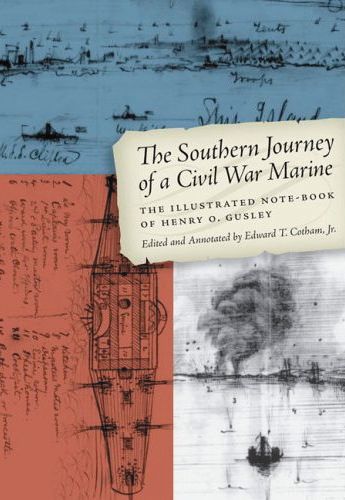 The Southern Journey of a Civil War Marine, edited and annotated by Edward T. Calhoun, Jr., University of Texas Press, Austin, 2006, 213 pp., illustrations, maps, notes, index, $24.95, hardcover.
The Southern Journey of a Civil War Marine, edited and annotated by Edward T. Calhoun, Jr., University of Texas Press, Austin, 2006, 213 pp., illustrations, maps, notes, index, $24.95, hardcover.
History always seems more fascinating when the words describing it are from those who participated in the events. Henry O. Gusley, who was born in Lancaster, Penn., answered Abraham Lincoln’s call for volunteers by enlisting in the United States Marine Corps at the outbreak of the Civil War.
An educated and well-read individual, Gusley decided to record his thoughts and observations in a “note-book” he began writing as soon as he left New York aboard the USS Westfield, a steamer assigned to the mortar flotilla during operations on the Mississippi River. He was later reassigned to the USS Clifton. Gusley’s accurate and perceptive depictions of life aboard the vessels and the battles he participated in bring the boredom and terror of war alive. The shipboard Marine was captured with other crewmembers at the Battle of Sabine Pass in September 1863. His journal was confiscated by his Confederate captors and made its way to Galveston, Tex., where it was published in the Galveston Tri-Weekly News in various installments. The “Yankee Note-Book” caused great excitement among the local populace when it was first printed, giving new insight into the “enemy the South was fighting.”
Edward Calhoun, Jr., who edited Gusley’s papers, accidentally discovered an artist’s drawings of scenes along the Mississippi River and Texas shoreline during the same period. The artist was Dr. Daniel D.T. Nestell, surgeon aboard the Clifton, who was also taken prisoner at Sabine Pass. Nestell’s sketches coincide with Gusley’s entries and add a new dimension to the book.
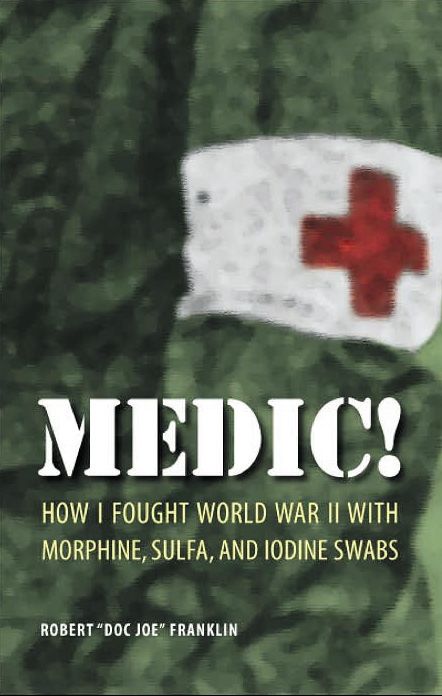 Medic! How I Fought World War II with Morphine, Sulfa, and Iodine Swabs, by Robert “Doc” Franklin, University of Nebraska Press, Lincoln, 2006, 151 pp., illustrations, index, $21.95, hardcover.
Medic! How I Fought World War II with Morphine, Sulfa, and Iodine Swabs, by Robert “Doc” Franklin, University of Nebraska Press, Lincoln, 2006, 151 pp., illustrations, index, $21.95, hardcover.
It is a sad fact that over 1,100 World War II veterans are dying each day across the United States. With their passing, living history is dying as well. Participants of some of the greatest battles in that terrible conflict are not among us to relate their experiences and pass them on for future generations.
“Doc” Franklin, however, chose to put down his memories so people can understand the hardships he and his comrades experienced during combat in the European Theater. A member of the 157th Infantry Regiment, 45th Infantry Division, Franklin witnessed some of the fiercest fighting of the war. From Sicily to Germany, he treated wounded soldiers from his unit and in the process was awarded two Silver Stars.
Franklin’s writing is similar to that of Ernie Pyle; he doesn’t concentrate on the big picture but rather focuses on the common infantryman. He shares their comical escapades as well as some touching moments when a fellow soldier is killed or wounded. His vignettes will help the reader understand what being in war is all about—the laughs, the pain, the sorrow, and, most important, the pride of having served.
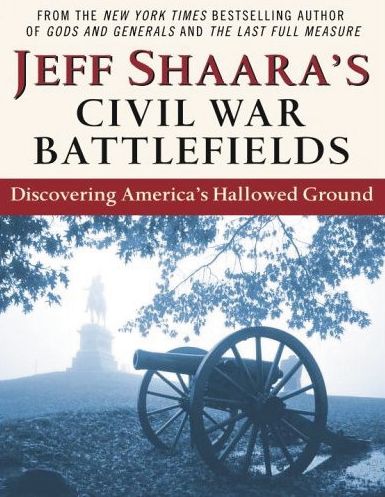 Jeff Shaara’s Civil War Battlefields: Discovering America’s Hallowed Ground, by Jeff Shaara, Ballantine Books, New York, 2006, 270 pp., illustrations, maps, $18.95, softcover.
Jeff Shaara’s Civil War Battlefields: Discovering America’s Hallowed Ground, by Jeff Shaara, Ballantine Books, New York, 2006, 270 pp., illustrations, maps, $18.95, softcover.
Jeff Shaara, a highly respected Civil War historian, has written a new book taking the reader through 10 of the most important battles of that terrible conflict. Beginning with Shiloh in April 1862 and ending with Petersburg in 1865, Shaara gives a brief synopsis of each battle entitled “What Happened Here,” then explains the significance of the action in a brief section called “Why Is This Battle Important?” He also relates some interesting facts in “What You Should See Here” for anyone who wants to visit the battlefields today.
The book could also serve as an indispensable classroom tool. Shaara’s easy approach to the subject should relate well to high school students studying the Civil War. His descriptions of the battlefields and the lesser known facts surrounding the campaigns are imaginative and enjoyable to read.
Proceeds from the book will be donated to various groups attempting to preserve many of the “shrinking and endangered historical sites” across America.
“In the end,” Shaara writes, “I’m simply hoping that this book may inspire more parents to lead their children across some extraordinary piece of ground. Perhaps their lives will be changed as well.”
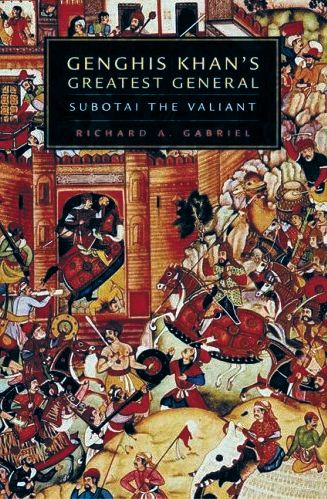 Genghis Khan’s Greatest General: Subotai the Valiant, by Richard A. Gabriel, University of Oklahoma Press, Norman, 2006, 164 pp., illustrations, maps, notes, index, $14.95, softcover.
Genghis Khan’s Greatest General: Subotai the Valiant, by Richard A. Gabriel, University of Oklahoma Press, Norman, 2006, 164 pp., illustrations, maps, notes, index, $14.95, softcover.
The greatest military leaders in the world are often fortunate to have a cadre of gifted people surrounding them to offer advice on military matters. One such person was Subotai, who advised Genghis Khan as he conquered most of the then-known world.
A brilliant tactician and military genius, Subotai developed the concepts of maneuverability, speed, envelopment, and other tactics that are common practice in today’s military. Little, unfortunately, is known of him with the exception of brief outlines and sketches from his life in other books.
Author Richard A. Gabriel has done painstaking research to uncover as much as possible concerning this intriguing individual. A person who lived to the ripe old age of 73 and “had conquered thirty-two nations and won sixty-five pitched battles,” Subotai lived a truly remarkable life.
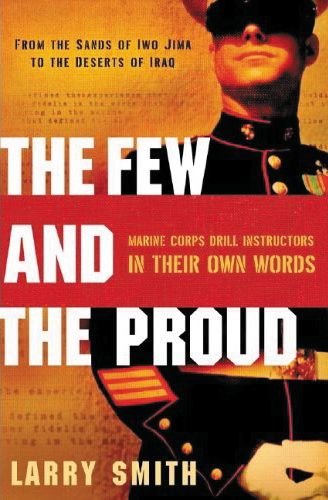 The Few and the Proud: Marine Corps Drill Instructors in Their Own Words, by Larry Smith, W.W. Norton & Company, New York, 2006, 325 pp., illustrations, $26.95, hardcover.
The Few and the Proud: Marine Corps Drill Instructors in Their Own Words, by Larry Smith, W.W. Norton & Company, New York, 2006, 325 pp., illustrations, $26.95, hardcover.
Ask any former Marine about his drill instructors, commonly referred to as DIs, and he will proceed to tell you some of the most outlandish tales imaginable. And they are probably all true. The Marine DI is a larger-than-life figure. He has the awesome responsibility of taking 80 raw recruits and making them Marines in a mere 12 weeks. Whether his drill field is San Diego, Calif., or Parris Island, SC, it makes no matter; his job is arguably the most important in the Corps. In this book, the words of DIs are brought to the printed page as some of the legends are interviewed by author Larry Smith. This book is a must-read for all former Marines or for anyone who is entertaining thoughts of enlisting. The unforgettable “Smoky the Bear” cover, worn by all DIs, still strikes fear in the hearts of those who stood in the yellow footprints at either Marine Corps Recruit Depot. As a former Marine, I know it can still send chills up and down my spine.
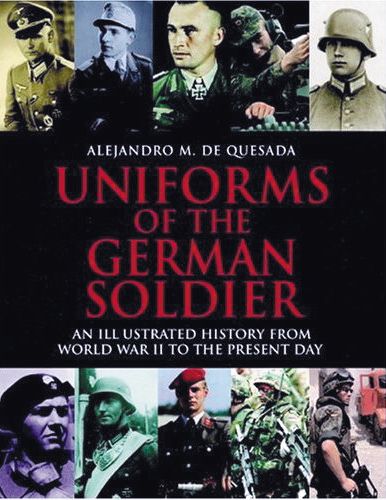 Uniforms of the German Soldier: An Illustrated History from World War II to the Present Day, by Alejandro M. De Quesada, MBI Publishing Co., St. Paul, MN, 2006, 223 pp., illustrations, bibliography, glossary, $34.95, hardcover.
Uniforms of the German Soldier: An Illustrated History from World War II to the Present Day, by Alejandro M. De Quesada, MBI Publishing Co., St. Paul, MN, 2006, 223 pp., illustrations, bibliography, glossary, $34.95, hardcover.
The German Army uniform has undergone some radical changes since the end of World War II. From their distinctive helmets (that the U.S. has adopted as well) and jackboots, to the modern-day red berets, the uniform for the German soldier has changed dramatically. Alejandro M. De Quesada has compiled 40 beautiful color photographs and another 160 black and white prints to illustrate the transformation, from the end of World War I until the present day. Every picture is accompanied by a thorough caption that describes the uniform with its medals and insignia. This coffee table book is a must for the any World War II aficionado who has a keen interest in this aspect of military history.
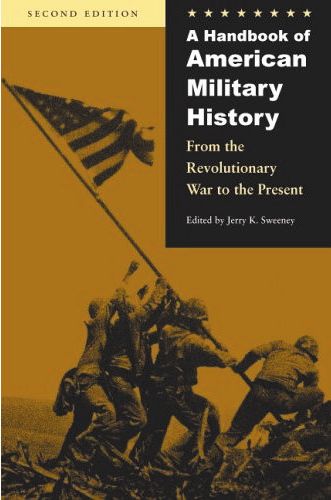 A Handbook of American Military History: From the Revolutionary War to the Present, 2nd Edition, edited by Jerry K. Sweeney, University of Nebraska Press, Lincoln, 2006, 383 pp., glossary, index, $19.95, softcover.
A Handbook of American Military History: From the Revolutionary War to the Present, 2nd Edition, edited by Jerry K. Sweeney, University of Nebraska Press, Lincoln, 2006, 383 pp., glossary, index, $19.95, softcover.
For anyone who is doing research on American military history, or is an avid reader of the subject, no library is complete without reference books. Jerry Sweeney’s newest edition begins with the birth of the United States of America and ends with today’s war on terrorism. He chronologically takes the reader through the important aspects of our nation’s military past. The author categorizes each specific period and offers a brief description of the people and the events that shaped that era in U.S. history. In what he refers to as the “Asymmetric Period, 1995-2004,” the book offers a comprehensive reading list dealing with “Military Transformation in the Post-Cold War World” to the more recent accounts of the current Gulf War.
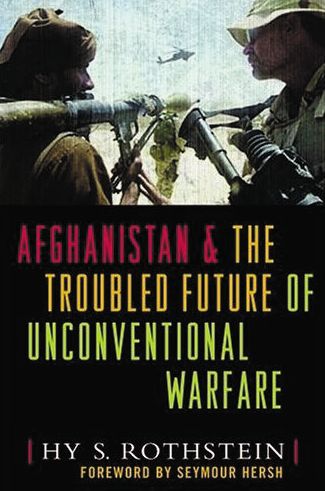 Afghanistan & the Troubled Future of Unconventional Warfare, by Hy S. Rothstein, Naval Institute Press, Annapolis, MD, 2006, illustrations, notes, index, $26.95, hardcover.
Afghanistan & the Troubled Future of Unconventional Warfare, by Hy S. Rothstein, Naval Institute Press, Annapolis, MD, 2006, illustrations, notes, index, $26.95, hardcover.
“The smaller the unit the better its performance,” said T.E. Lawrence, also known as Lawrence of Arabia, legendary British Army officer in World War I. This is a fitting quote to start this book because author Hy Rothstein knows something about small units. A graduate of West Point and a Special Forces officer, he gives the reader an in-depth look at the methods the United States is currently using to engage terrorists in Afghanistan. He contends that the initial phase of the war was fought in a conventional manner, which was a “masterpiece of military creativity.” Now, however, the war should be handled in a more unconventional mode to track down and eliminate Al Qaeda members. Although the terrorists were disorganized after the overthrow of the Taliban government, the United States failed to deliver a knockout punch. Because of this, many of the terrorists have reorganized and adapted to the U.S. presence in the region. The author believes that Special Forces operatives from all branches of the military should be used more effectively if we are to achieve victory in the war on terror.
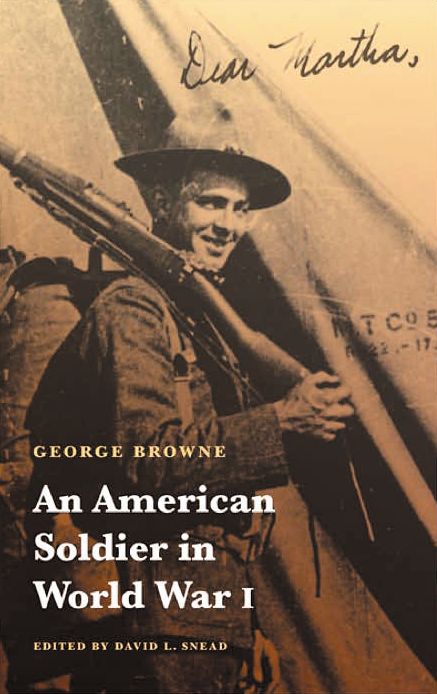 An American Soldier in World War I, by George Browne, edited by David L. Snead, University of Nebraska Press, Lincoln, 2006, 201 pp., illustrations, maps, notes, index,, $29.95, hardcover.
An American Soldier in World War I, by George Browne, edited by David L. Snead, University of Nebraska Press, Lincoln, 2006, 201 pp., illustrations, maps, notes, index,, $29.95, hardcover.
George “Brownie” Browne was inducted into the U.S. Army in September 1917 for service in World War I. During his 18 months away from home, he wrote more than a hundred letters to his fiancée, Martha “Marty” Johnson. These letters give the reader an excellent description of camp life and training stateside, the arduous sea voyage to France, and the bitter combat that ensued. Browne served with the 117th Engineering Regiment, part of the famous 42nd “Rainbow” Division, where he participated in numerous campaigns. At the end of October 1918, while taking part in the Meuse-Argonne offensive, he was wounded. Browne’s letters display the thrill of seeing new lands, the fear of combat, and the yearning for the conflict to end so he could be home with his sweetheart. Unlike today, when service personnel have access to e-mail, Browne and his comrades had to wait weeks for a letter to reach them. He did survive the war and made it home and he and Marty were finally married in 1919 soon after his discharge. As editor David L. Snead writes, “While the letters reveal the war’s strain on Brownie and Marty’s relationship, their love never seemed to wavier.”

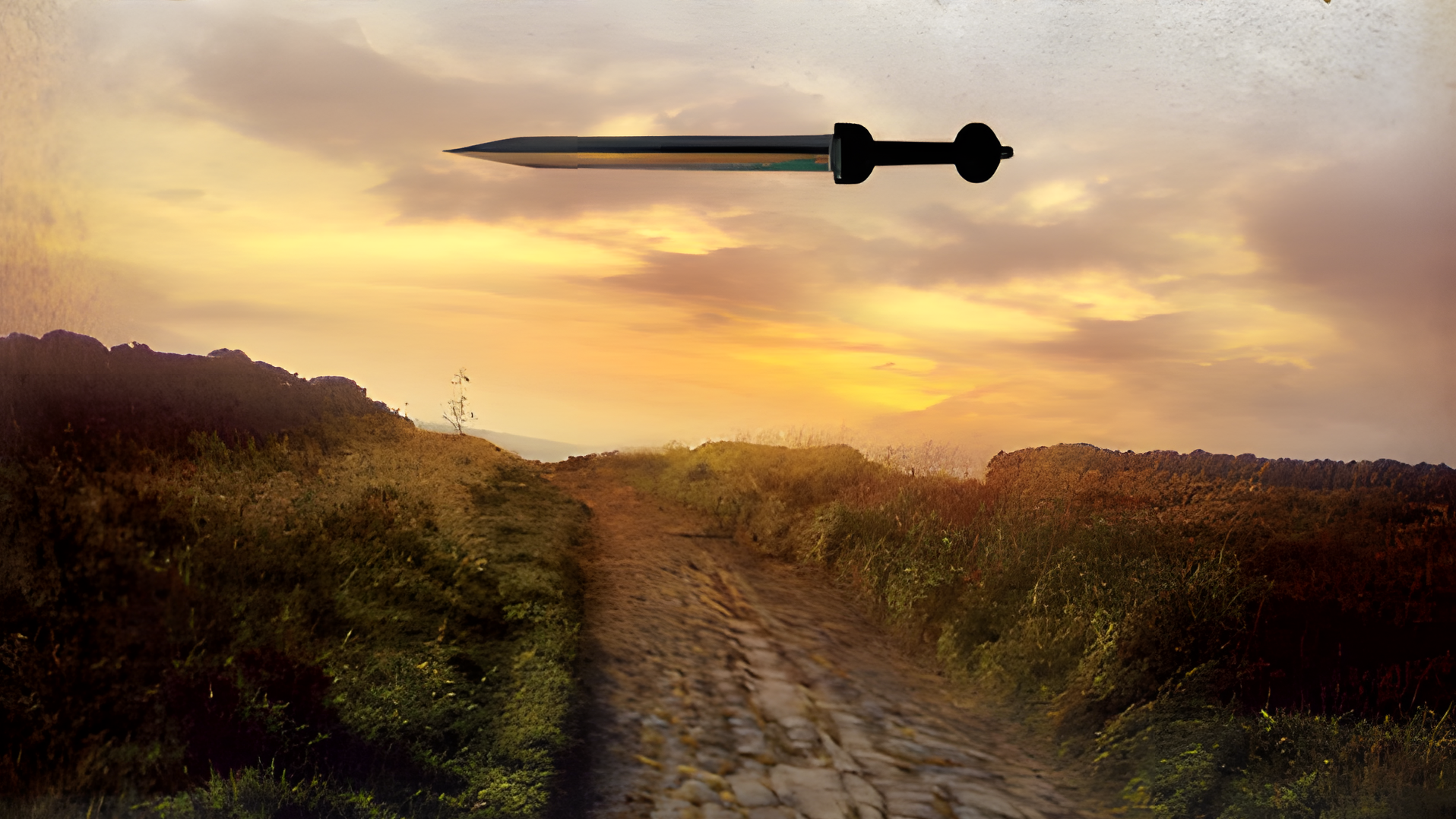
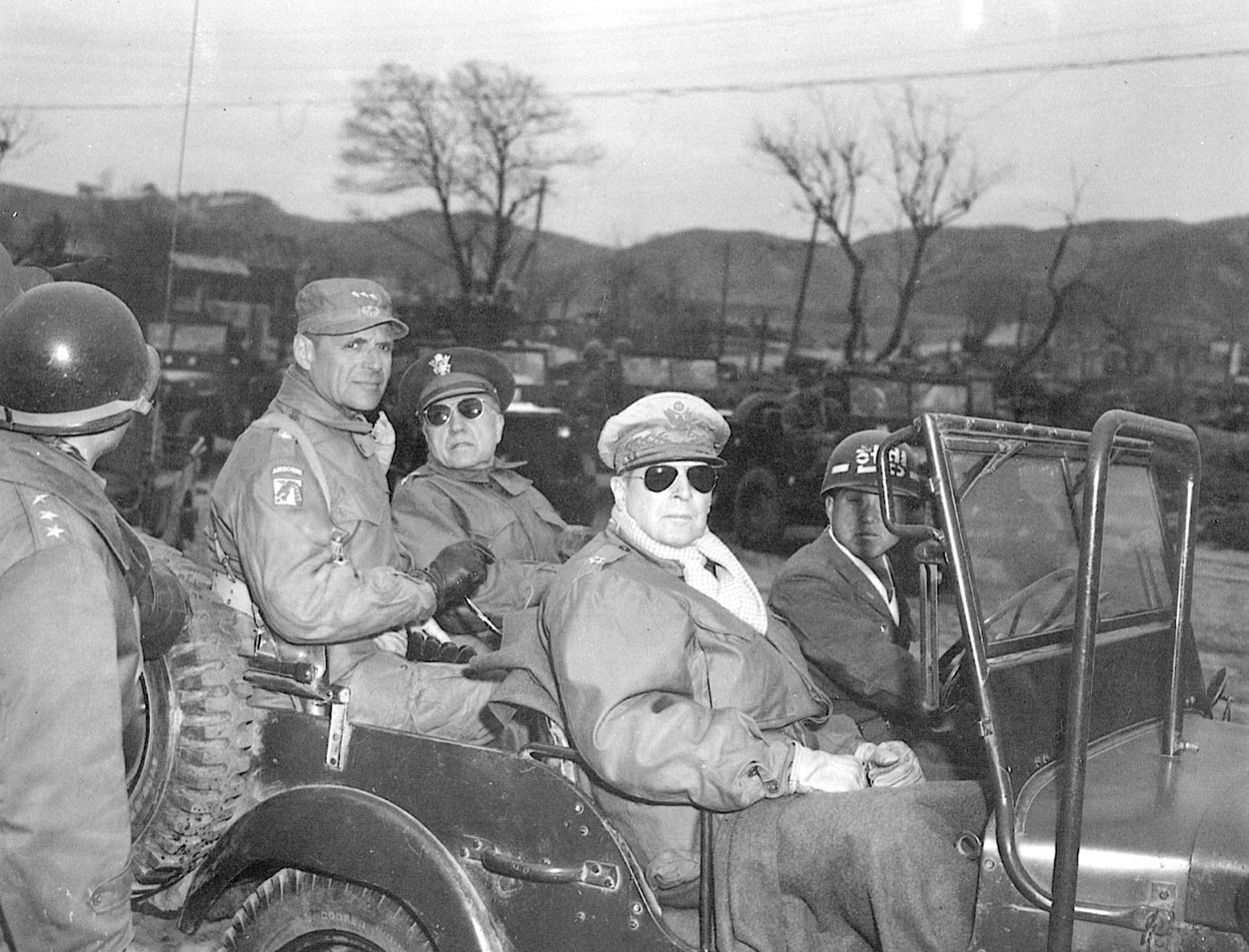
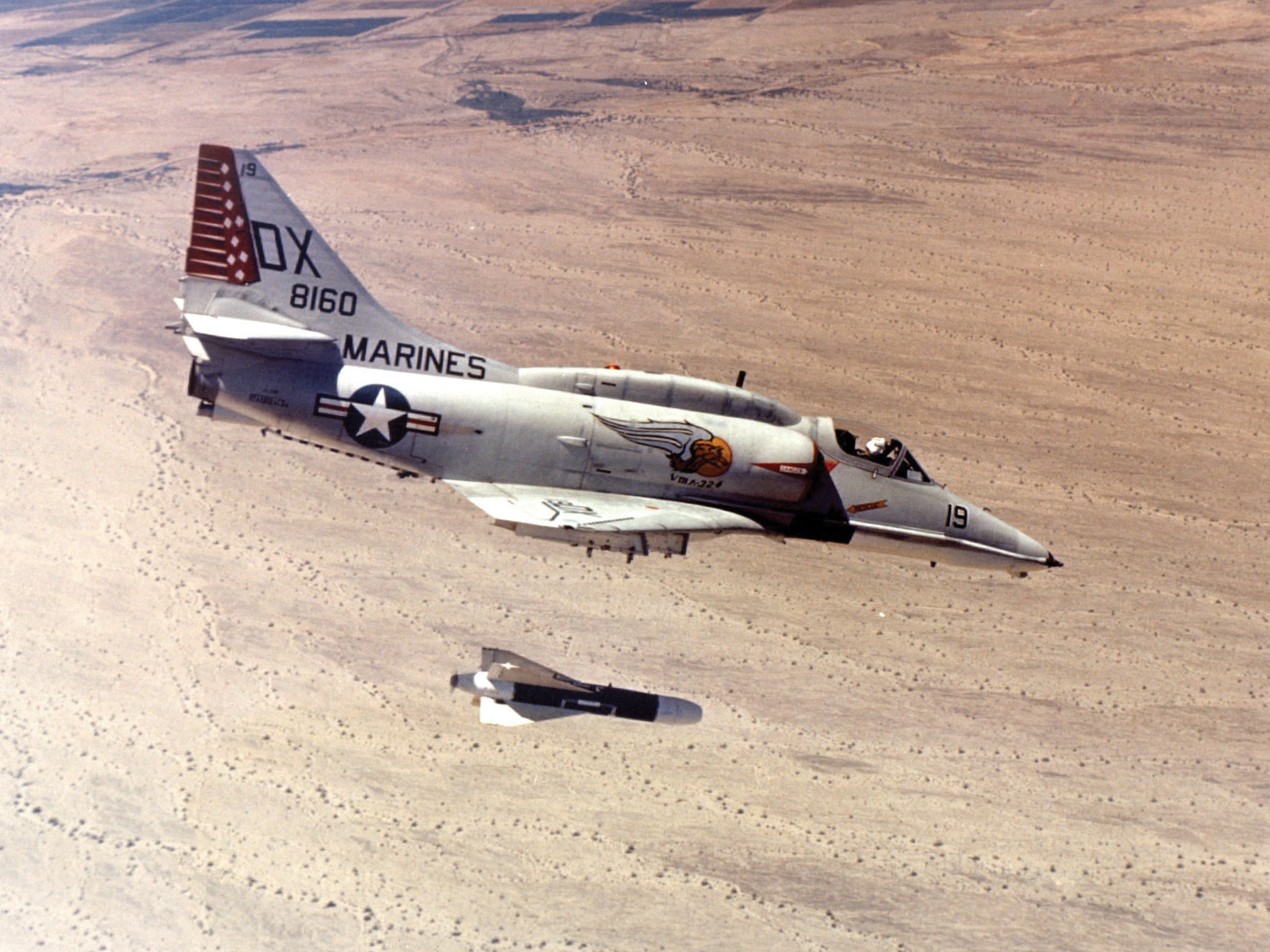
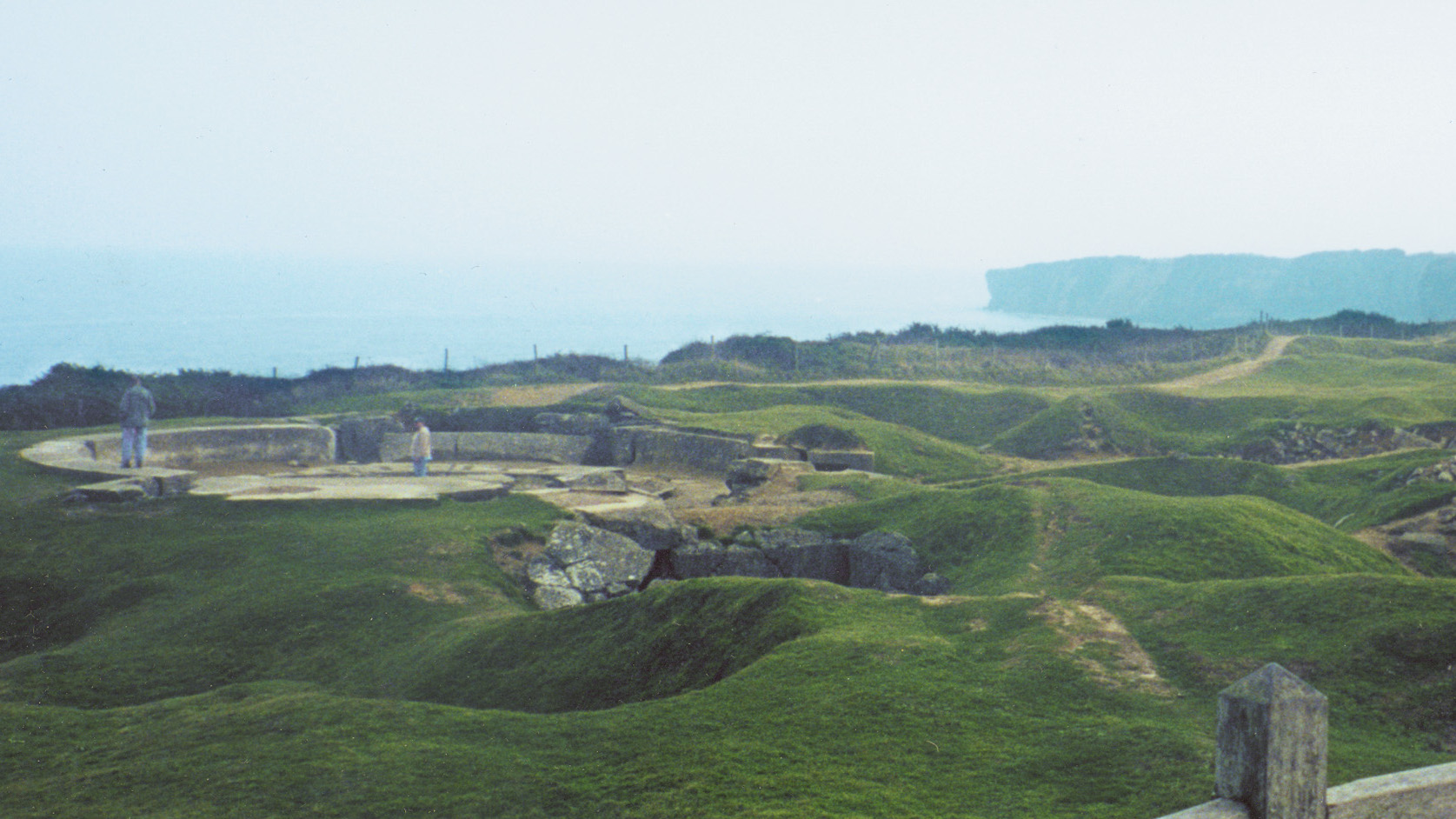
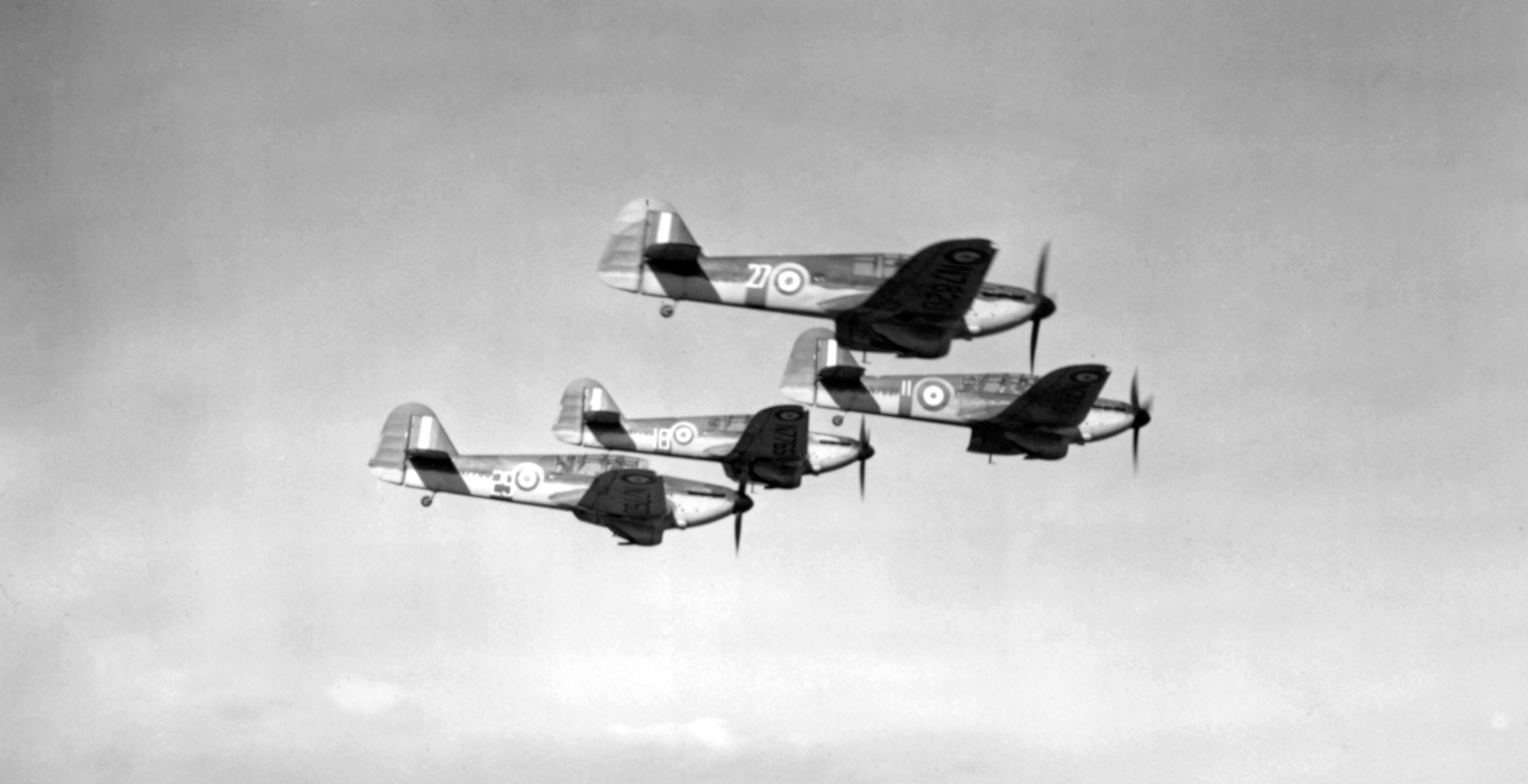
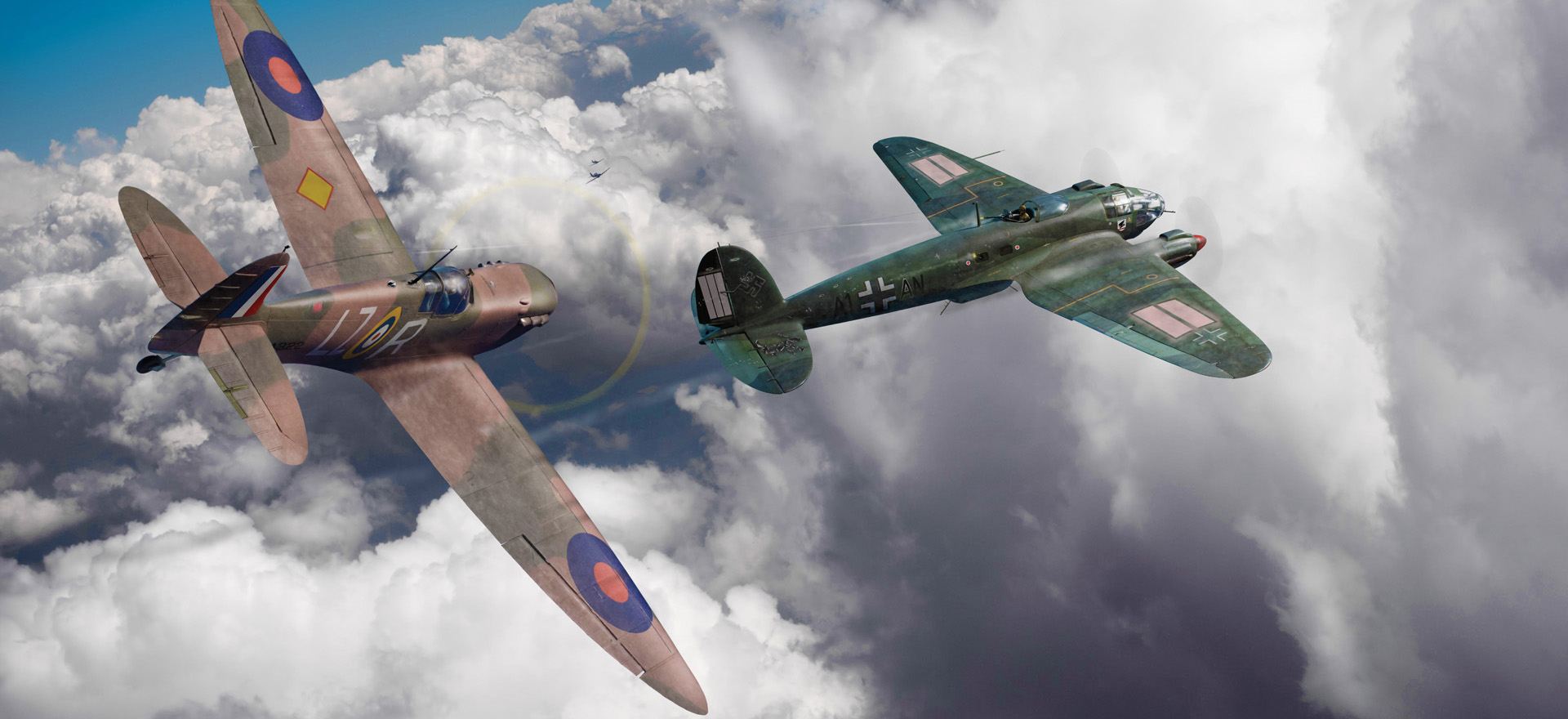
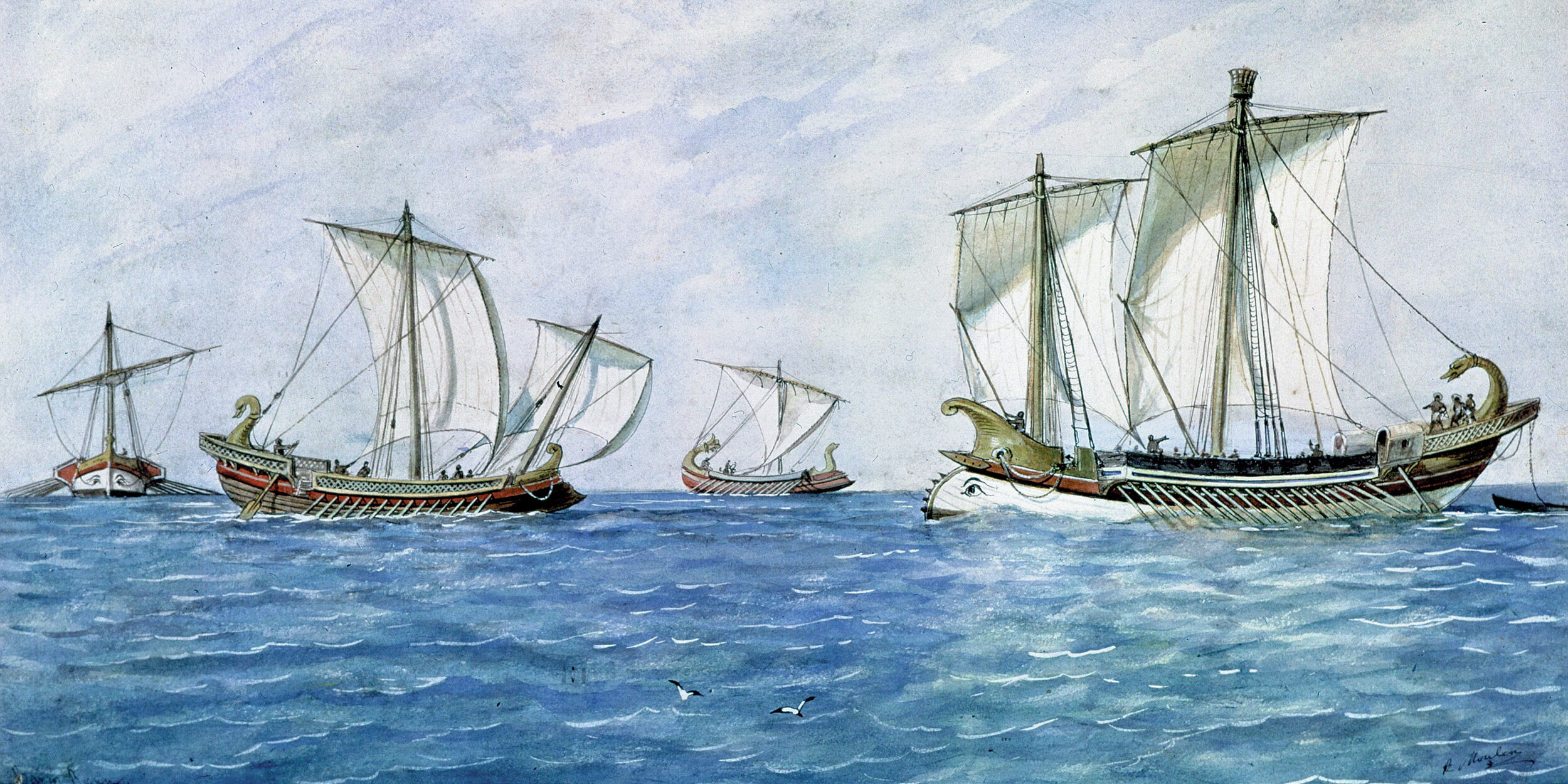
Join The Conversation
Comments